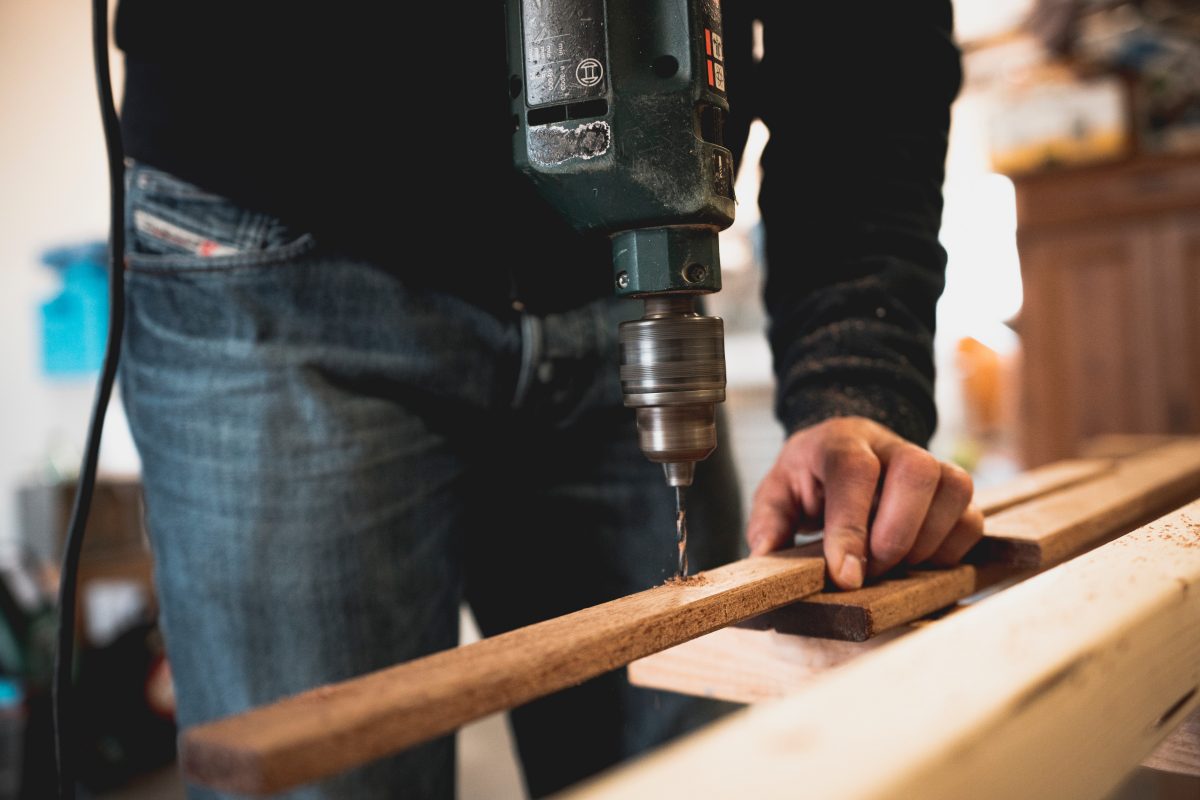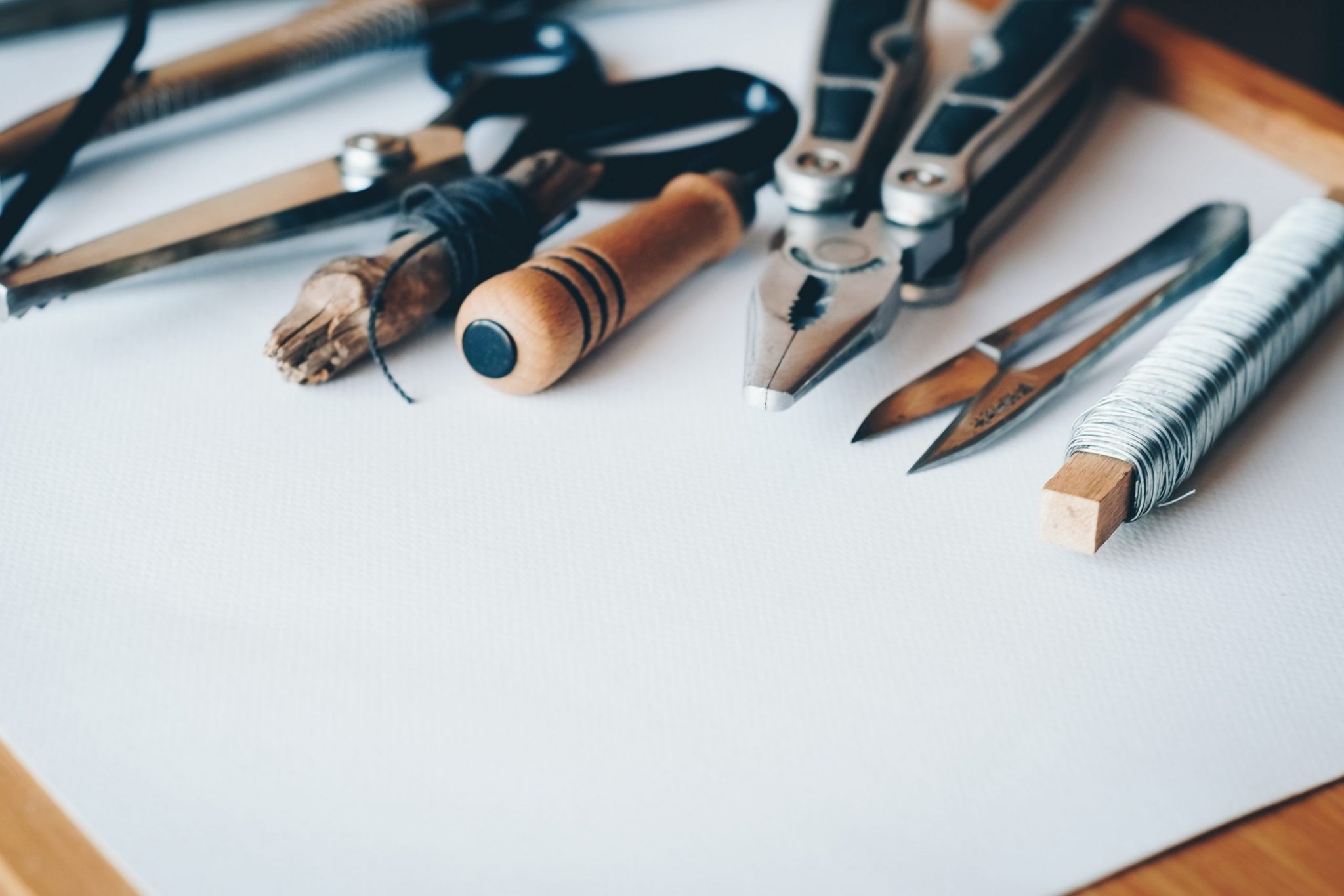2020 has been a surprise for all of us. The past four months have seen the vast majority of us spending increasing amounts of time in our homes to slow the spread of coronavirus and Covid-19. Chances are, during this time, you’ve noticed a few things around the house that could do with fixing, sprucing up or generally bettering. Now, restrictions are lifting and we’re able to get out and about to the stores to pick up any bits and bobs that we need, but many of us still aren’t ready to start socialising fully in the outside world, or aren’t back at work yet. Right now really is the best time to start a little DIY around the house. You can get your supplies, but you have the time on your hands to spend indoors fixing things up. Here are a few things that you might want to try your hand at.
Know Your Limits

Before getting started, it’s absolutely essential that you acknowledge your limits when it comes to DIY and repair work. You shouldn’t attempt to carry out any work that requires qualifications and training. Sure, there may be tutorials online for pretty much any project, including complex plumbing and electrical work. But when it comes to big projects, or potentially dangerous projects, it’s generally best to leave the work to the professionals .You don’t want to worsen the problem, hurt yourself or damage your property. Instead, if something is complex, order in the necessary parts which are available here and call in a professional to do things properly.
Make Sure You Have the Right Tools and Equipment
You also need to make sure that you have the right tools and equipment. This isn’t limited to things like screwdrivers, hammers, wallpaper steamers, mallets, cordless drills and things like that. It also includes safety equipment to protect yourself, like goggles, gloves, face masks and more.
Try Some Common DIY Jobs
Once you’re ready to get going, you can start trying out some common DIY jobs. Make sure to follow online tutorials and to go slow and steady. You might want to start out with putting a shelf up. When putting up a shelf, first be aware of what the wall is made from. Masonry walls generally require a specialist drill, as they are made of brick and mortar. You also need to check what lies behind the wall. Use a cable, pipe or stud detector to achieve this. Make sure that you use screws that exceed fifty millimetres and use wall plugs for security. Then, follow an online tutorial or manufacturer’s recommendations. If you want to make life easier for yourself, you could put your shelf up with a specialist construction adhesive instead. Just be aware that this isn’t as stable and you should avoid putting heavy objects on these shelves!
DIY can be fun and rewarding. You just need to make sure that you carry out every task safely and responsibly. Hopefully, some of the above advice will help you to achieve this!


